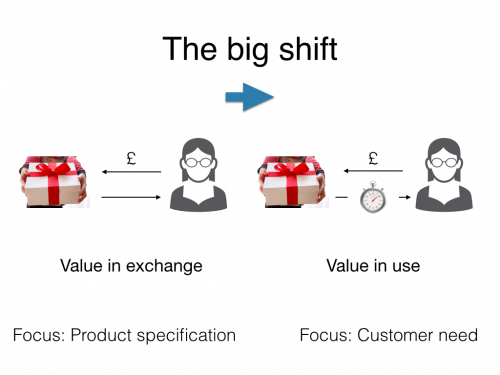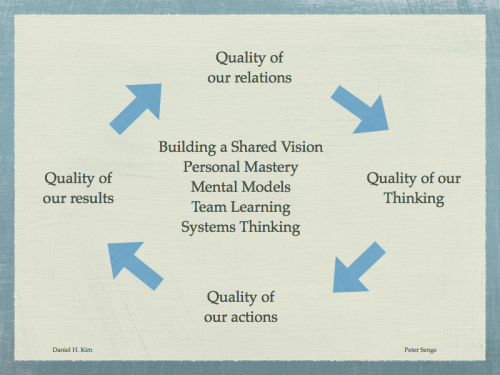“When we grow people’s experience of competence, we inevitably grow their engagement”
– Ron Friedman.
A foundational piece of the Service Profit Chain is the dream team cycle: The seven steps that need to be in place in order for us to foster the kind of environment that ultimately will produce the best possible customer experience.
The third step of the cycle, Build Skills and Capacity, is all about the opportunities we give our people to develop and improve.
We all understand that training and development is useful when there is an obvious need to improve skills. But that is just one aspect. The other and possibly more important aspect is that personal growth and development is a key factor in securing engagement.
This is highlighted in the most recent Global Human Capital Trends 2016 Published by Deloitte University Press where 84% of executives surveyed rated learning as important or very important. This focus on learning comes as organisations see learning opportunities as a driver of engagement and strong workplace culture. Both are more than ever recognised as drivers of performance, according to the report.
“Compared to last year, companies appear to be making strides in adopting new technologies and embracing new learning models.”
That is also why in the Great Place to Work or Gallup engagement survey they ask employees if they have had the opportunity to grow and learn in the past year.
Unfortunately we see time and again that not many have had that opportunity.
It requires leadership capacity to provide learning opportunities for our people. It is not just a question of finding the budget to send them on a course. Learning and development happens mainly on the job. (Check out 70:20:10 – if you are not sure you agree).
It is by walking the precipice between our current abilities and the skills just beyond our reach that growth occurs. But that requires that you as a leader must design a path for your people that will take them out on that precipice from time to time. And that includes being there in case there is a need for a bit of hand-holding along the way.
But a first and even simpler step to ensure engagement in your team is to provide adequate feedback. Without feedback, we lack the crucial information needed in order to improve. And when we do not have a clear direction on what it is we need to do in order to succeed, it just a matter of time before we lose our engagement.
You can download your own Dream Team checklist here and benchmark yourself on how you are doing on all seven steps. The Dream Team Questions on a pdf – click here




